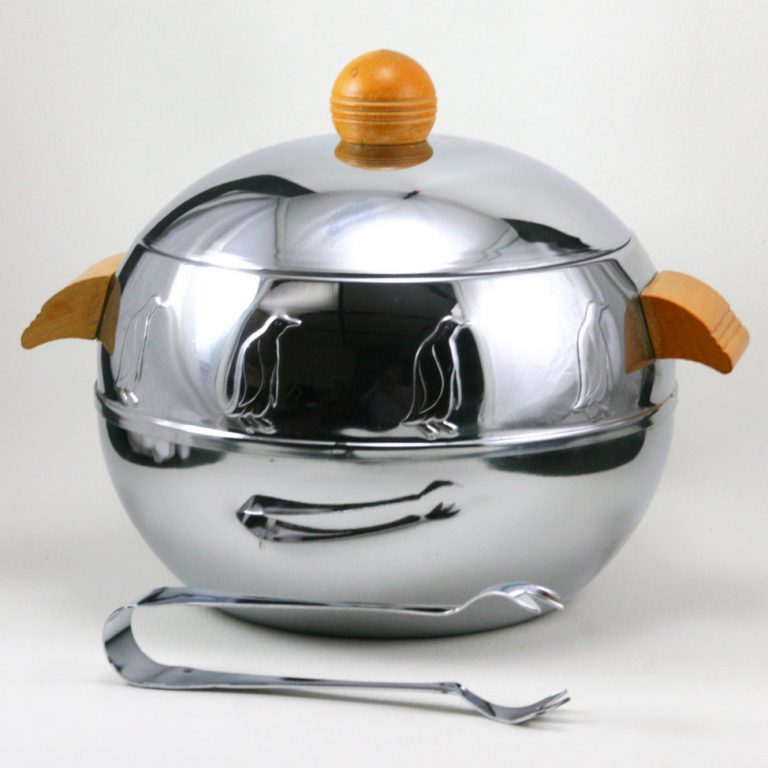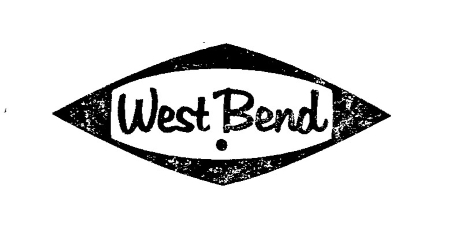
Ann Glasscock is pursuing her PhD in Art History and Material Culture at UW-Madison where she specializes in the field of nineteenth and twentieth century American and European decorative arts and design. Her interests include silver, glass, jewelry, World’s Fairs, and the culture of collecting.
By This Author:

OBJECT HISTORY: Penguin Server
Produced in West Bend, Wisconsin, in the 1940s, the Penguin Hot and Cold Server is an iconic object of postwar American culture. Designed to insulate both hot and cold foods, and to keep ice cubes chilled, the Penguin highlights the resurgence in home entertainment after the war, including popular leisure activities like outdoor grilling and cocktail parties.

The West Bend Aluminum Company
On September 27, 1911, a group of businessmen headed by Bernhard Carl Ziegler founded the West Bend Aluminum Company. For the company’s first location, Ziegler rented a former button factory along the Milwaukee River for $8.50 a month.

The Aluminum Industry and Wartime Demands
In 1929, West Bend ranked third in the nation in sales of aluminum cookware; however, during the Great Depression and especially the years prior to World War II, aluminum was moved to the mandatory priority list, reserving all of the material for war production. Fortunately, the firm won a naval contract to produce 20 millimeter Oerlikon brass anti-aircraft cartridge cases.

Cocktail Parties
One of the most dominant functions of the West Bend Penguin Hot and Cold Server was its use as an ice bucket, an important container for cocktail parties. A popular way to entertain, cocktail parties acted as gateways into glamorous evenings.

Outdoor Grilling
Fueled by the evolution of the middle-class suburban housing market and the modern family, home entertainment, especially outdoor activities, became a popular postwar activity. The Penguin Hot and Cold Server graced many patio and picnic tables during the 1950s and 1960s.